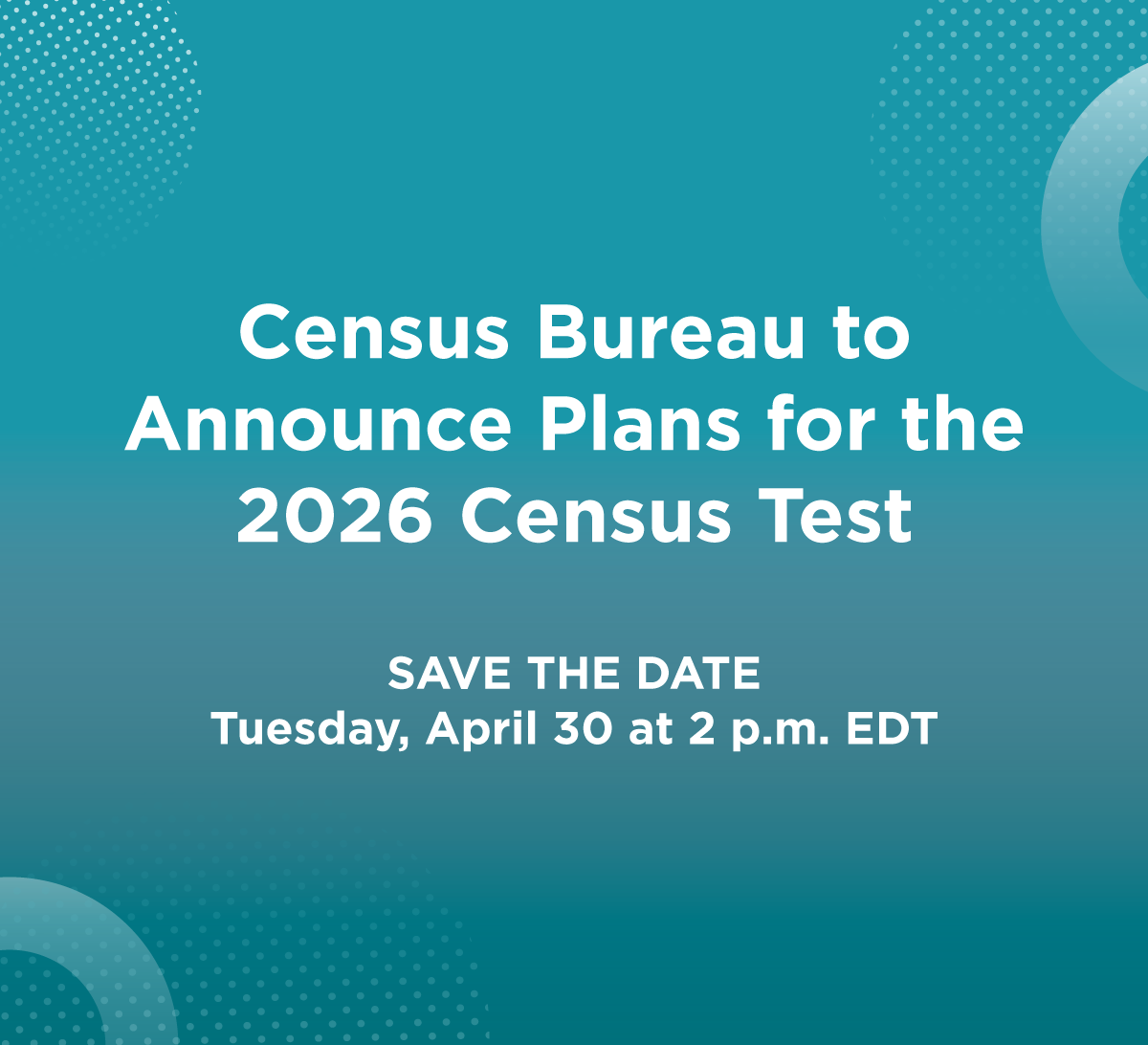
An official website of the United States government
Here’s how you know
Official websites use .gov
A .gov website belongs to an official government organization in the United States.
Secure .gov websites use HTTPS
A lock (
) or https:// means you’ve safely connected to the .gov website. Share sensitive information only on official, secure websites.
-
//
- Census.gov /
- Newsroom /
- 2014 Press Releases /
- Now Available: American Community Survey 3-Year Statistics: 2011-2013
2011-2013 American Community Survey Statistics Annual Demographic, Socio-Economic and Housing Characteristics for Smaller Areas
For Immediate Release: Thursday, October 23, 2014
2011-2013 American Community Survey Statistics Annual Demographic, Socio-Economic and Housing Characteristics for Smaller Areas
The U.S. Census Bureau today released the second of its annual series of data sets from the American Community Survey, this one combining the three years of data collected between 2011 and 2013.
The statistics paint a detailed portrait of the nation, all states, and the District of Columbia, all congressional districts and all other geographic areas with populations of 20,000 or more. For each covered area, the American Community Survey includes statistics on more than 40 economic, housing and social topics.
By pooling three years of survey responses, the Census Bureau is able to produce more reliable statistics for more areas of the country than is possible with data compiled from one year of data collection.
Track Change Over Time with “Comparison Profile” Tables
Users can access the new statistics on Census.gov through the American FactFinder data tool. “Comparison profile” tables allow users to compare the latest three-year statistics with the previous three-year data set for a geographic area, noting whether a difference in the data points is statistically significant.
To see comparison profiles for a specific area with a population of 20,000 or more:
1. Go to American Factfinder
2. Enter a geography name in the tan “state, county or place (optional)” box
3. Click on one of the available comparison profile tables (social, economic or housing):
Shortcuts to Comparison Profiles of All Cities with Populations of 20,000 or More:
Shortcuts to Comparison Profiles of All Counties with Populations of 20,000 or More:
Coming in December: American Community Survey Results Covering the Nation’s Smallest Communities
On Thursday, Dec. 4, the Census Bureau will release the third and final set of American Community Survey statistics for the 2013 data cycle, derived from five years of data collection from across the country between 2009 and 2013. The statistics cover all geographic areas, regardless of size, down to the block-group level. Embargo subscribers will have access to these statistics beginning Tuesday, Dec. 2.
About the American Community Survey
The American Community Survey provides a wide range of important statistics about all communities in the country. The American Community Survey gives communities the current information they need to plan investments and services. Retailers, homebuilders, police departments, and town and city planners are among the many private- and public-sector decision makers who count on these annual results. Visit the Stats in Action page to see some examples.
Ever since Thomas Jefferson directed the first census in 1790, the census has collected detailed characteristics about our nation’s people. Questions about jobs and the economy were added 20 years later under James Madison, who said such information would allow Congress to “adapt the public measures to the particular circumstances of the community,” and over the decades allow America “an opportunity of marking the progress of the society.”
These statistics would not be possible without the participation of the randomly selected households in the survey.
Citation Guidance
Note to Correspondents: When sourcing the data in this release, please use “American Community Survey: 2011-2013.”
-X-
Note: Statistics from sample surveys are subject to sampling and nonsampling error. All comparisons made in the reports have been tested and found to be statistically significant at the 90 percent confidence level, unless otherwise noted. Please consult the tables for specific margins of error. For more information, go to <//www.census.gov/acs/www/data_documentation/documentation_main/>.
Changes in survey design from year to year can affect results. See <//www.census.gov/acs/www/data_documentation/2013_release/> for more information on changes affecting the 2013 statistics. See //www.census.gov/acs/www/guidance_for_data_users/comparing_2013/> for guidance on comparing 2013 American Community Survey statistics with previous years and the 2010 Census.
No news release associated with this report. Tip Sheet only.
Share
Contact
Related Information
 Yes
Yes
 No
NoComments or suggestions?


Top



